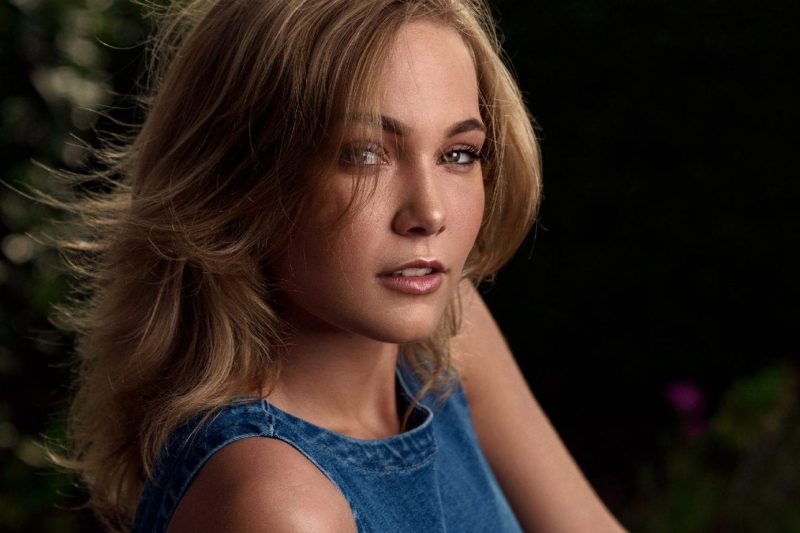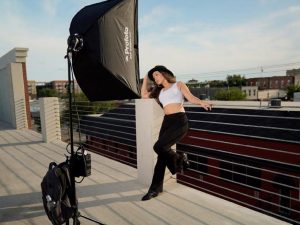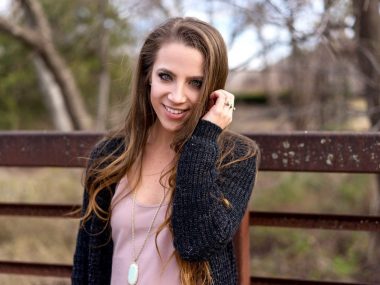I created this list of 10 portrait photography tips for beginners, because i understand that jumping into photography can feel overwhelming.
Table of Contents
- Portrait photography tips for beginners
- 1. Lighting can make professional portraits
- 2. Angles in portrait can create emotion
- 3. Make sure the eyes are in focus in your photo
- 4. Save your money, and don’t buy every preset you come across
- 5. Your style is going to evolve
- 6. Expensive gear will not make you a better photographer
- 7. Invest in yourself
- 8. You don’t need every photography accessory
- 9. Connect with other creatives
- 10. Don’t be held back by fear in public
- Biggest take away from over 100+ shoots
- Final Thoughts
Don’t let settings and industry terminology get in the way of your portrait photography goals. Start simple and work your way up to more complicated shoots.
Let’s discuss 6 things I wish I knew before jumping into portrait photography. These are beginner tips that I think all photographers should know before taking their first portraits.
From lighting and angles to making a connection with your audience, these tips will help you get even better results for your portraits.
Portrait photography tips for beginners
There are a few things I wish I knew before I even picked up my first Sony camera.
Now you don’t need a degree in photography to take great portraits, but there are a few things you should definitely keep in mind while on your portrait shoot.
1. Lighting can make professional portraits
I love natural light and I can’t get enough of the style it produces. This is one of the easiest lighting styles to start with since you pretty much let the sun do its thing during the shoot.
You can shoot during sunny or cloudy days, but I recommend shooting either early in the morning or during golden hour in the late evening.
The sun is lower in the sky and you get less shadows under the eyes of your subjects.
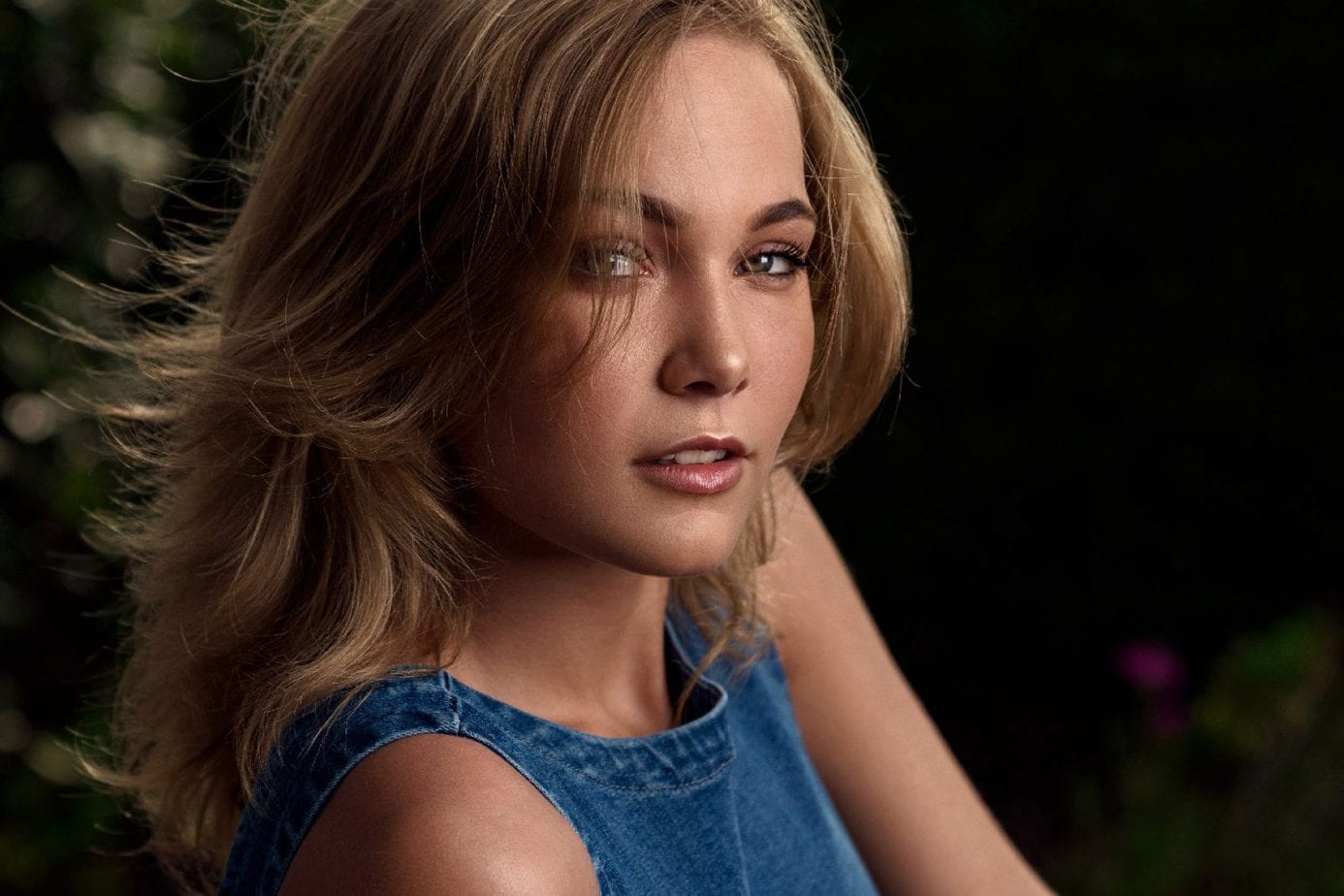
With a light source as abundant as the sun, you still need to learn how to best control your lighting.
When it’s really bright outside you will find it easier to shoot in the shady areas like under trees or next to tall buildings that can block out the sun.
The goal is to control your exposure and this is easier when you have more evenly lit subjects.
Learning to make sure your exposure and lighting is even and balanced is the key to taking some great shots.
Even in harsh sunlight you can take great photos but also make sure to control the direction of the shadows.
I’ve learned lighting plays a big part in good photos, so make sure to do your research on how to best take advantage of your environment.
Take some test shots and dial in your settings before you start shooting your final shots. Make sure your highlights are not blown out and that you still retain details in the shadows.
Of all the portrait tips for beginners that I review, this one is definitely one of the most important. Lighting will make the shot.
2. Angles in portrait can create emotion
Angles are an easy way to showcase emotions in a photo. For example, shooting from high angles can make the viewer feel large and in control.
Shooting from lower angles can make the viewer feel small and weak as this makes your subject look larger than life.
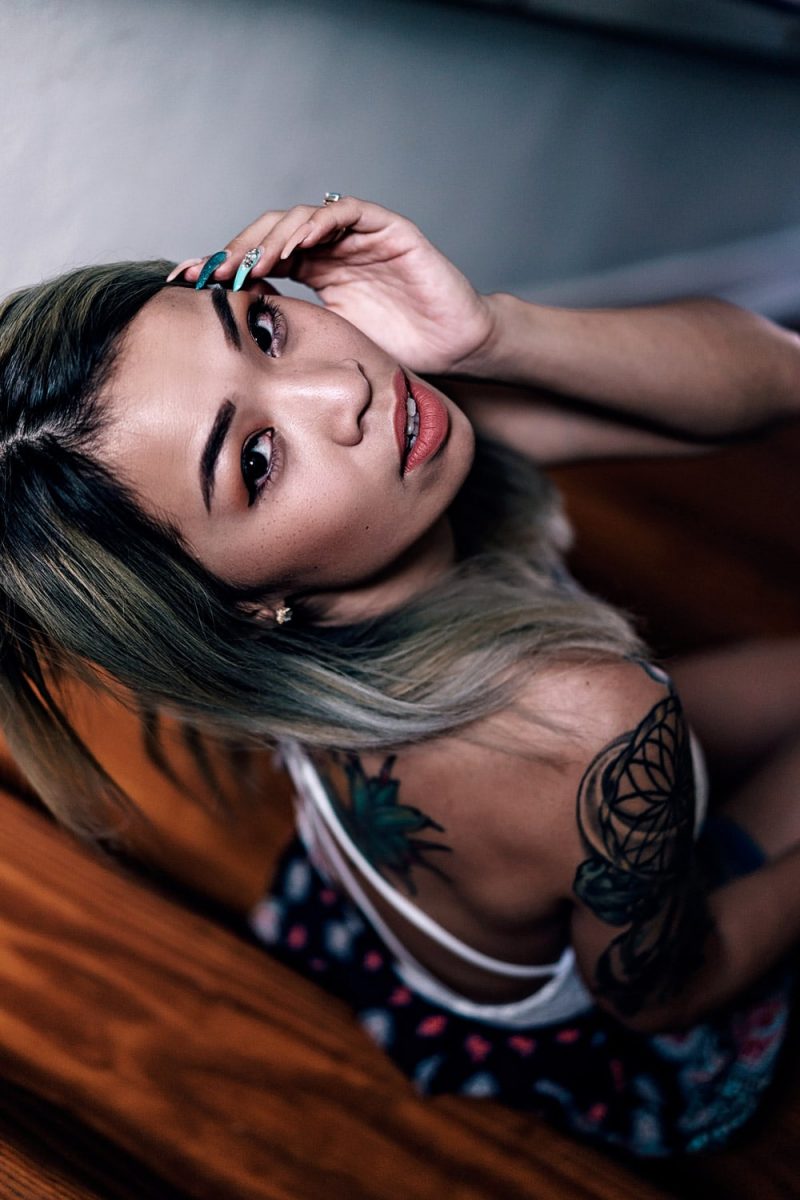
Use angles to your advantage and help convey more emotions in your photography. Play with angles to tell a story or to direct attention to your subject.
Leading lines in the background can help draw more attention to your subject and help keep focus exactly where you want it to go.
Practice getting higher than your subject and shooting at a downward angle to see the results.
Also, you can practice shooting from lower angles and let the foreground lead your eyes to your subject.
Play with your perspective to get even more dynamic portraits versus just standing at eye level with your subject.
Don't Miss This
3. Make sure the eyes are in focus in your photo
When shooting portraits, your subjects’ eyes are the key to any connection between the viewer and the photo.
We as a people are naturally drawn to the eyes of a subject so make sure they’re in focus.
They say the eyes are the window to the soul, and blurry eyes will kill your portraits.
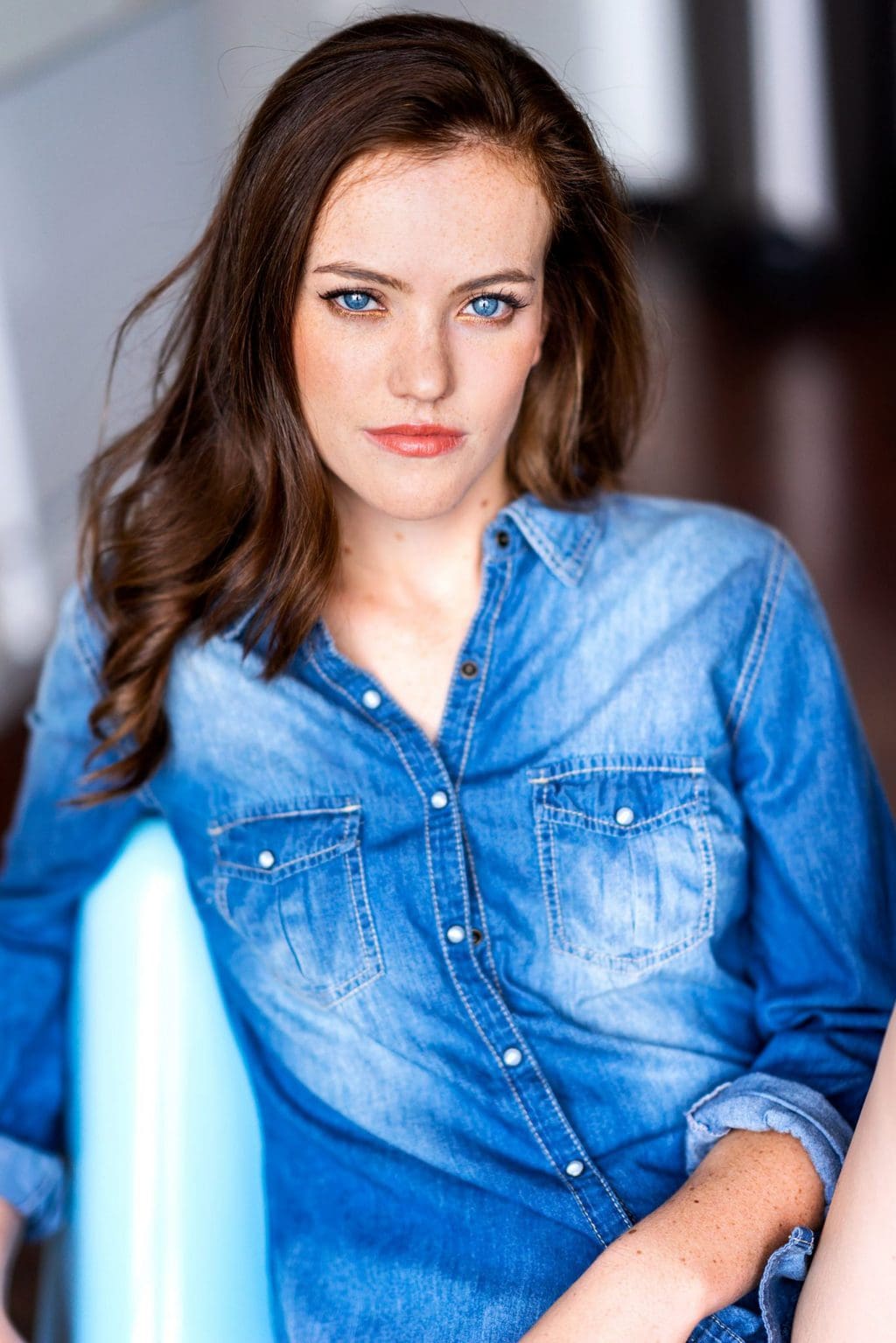
When shooting wide open or with a very shallow depth of field, you want to double check to make sure the eyes are in focus.
I’ve had many times where the eye lashes were in focus and the eyes were not. This happens a lot when shooting really close to your subject and your f-stop is wide open.
I recommend stopping down to around f2.0 or f2.8 so that you can make sure to get the eyes in focus when shooting portraits.
If you feel you must shoot at f1.4 or f1.8 keep in mind the focus area is very small when you’re close to your subject.
Make sure to check often that your shots are nailing focus on the eyes. Better safe than sorry.
4. Save your money, and don’t buy every preset you come across
If you’re like me, you’ll be shooting and editing your photos yourself.
Most likely, you’ll come across a preset or make your own custom presets to help you get color consistency while editing.
Don’t worry up front if you’re changing styles often. This will happen until you find the right style that fits your work.
Also keep in mind that styles and preferences change so go with the flow and don’t be so hard on yourself.
Many photographers will go years changing up how they edit before they find the best look so don’t be so hard on yourself.
One thing you need to resist is spending money on hundreds of presets to try to match popular looks.
This will drain your bank account really quick so resist the urge until you get better at editing your photos.
There is nothing wrong with presets, just be sure you’re not over spending trying to get a popular look and then changing your mind a week later and spending more money.
5. Your style is going to evolve
You’re shooting and editing will change over and over again in the course of taking portraits. Don’t let this scare you and don’t be afraid to experiment and get creative.
Your shooting style is going to evolve and you will look back at your work and see the changes over time. The more you learn, the faster your style may change.
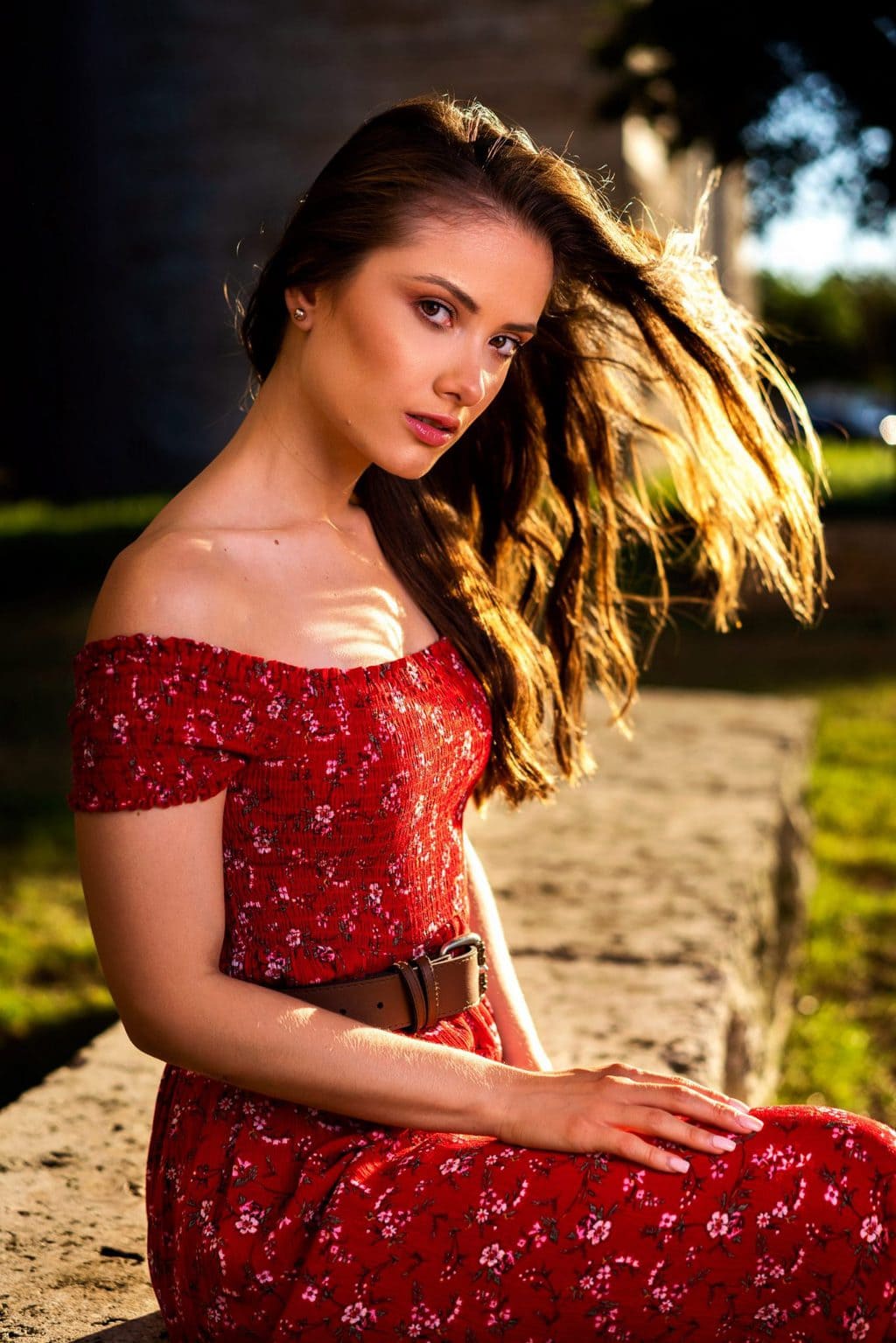
Many portrait photographers will start with natural light and then move into more complicated lighting setups depending on the concepts.
Don’t feel like you need to have big expensive equipment up front. Start with simple portrait setups using natural light and let your style evolve on its own.
6. Expensive gear will not make you a better photographer
Let me say this one louder for the people in the back of the room. Expensive gear will NOT make you a better photographer.
Having the best and most expensive camera and lenses will not instantly make you a professional.
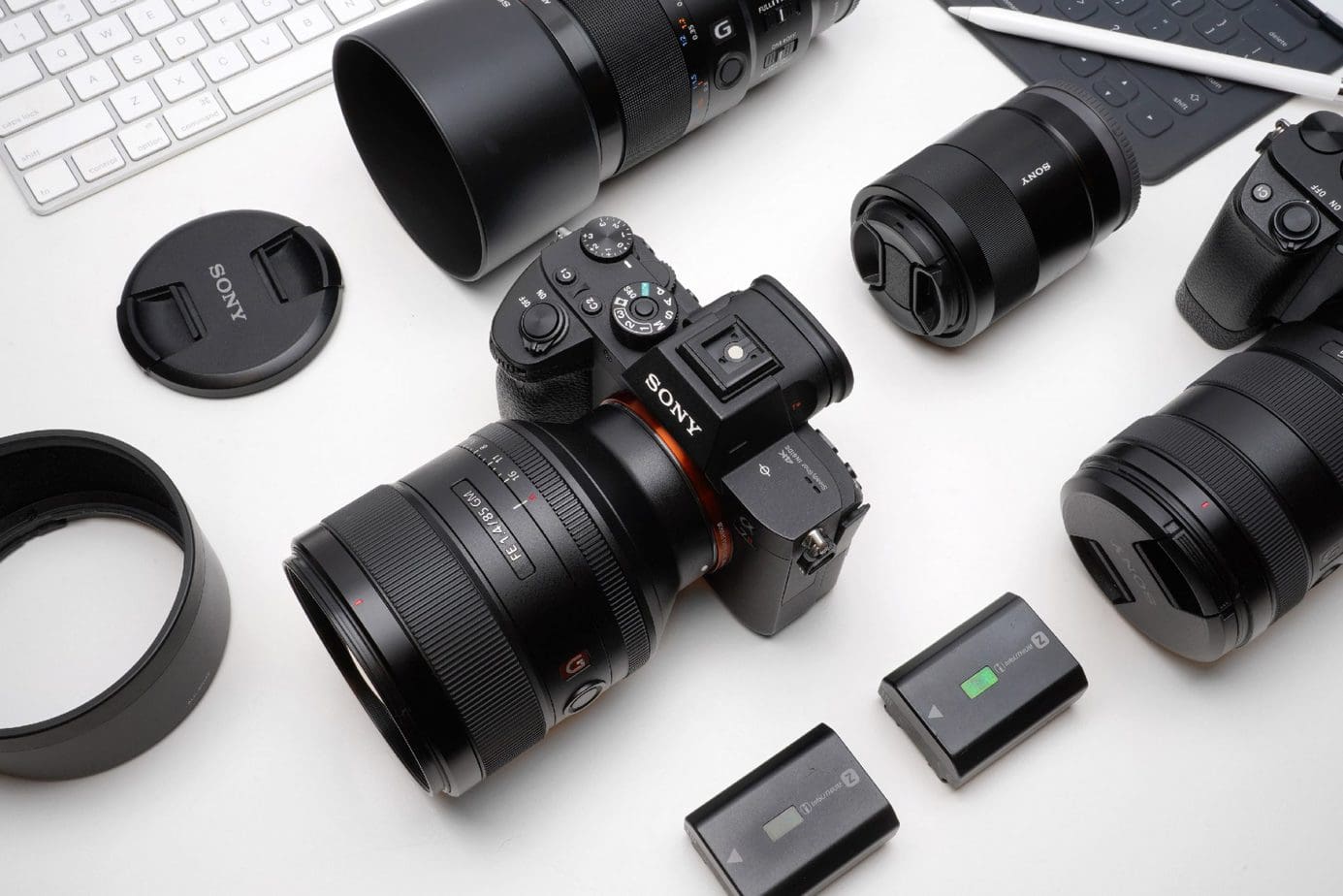
Cameras are getting better and better in quality but this will not make you an instant success.
Work to learn more about the principles or photography and lighting and you will see your work evolve faster and improve much further.
You might eventually outgrow your camera body, but until then make sure to use your camera to the fullest potential.
You will know and recognize pretty quick when it is time to upgrade.
7. Invest in yourself
You don’t have to learn everything before you pick up a camera. I find the best way to learn is in the field shooting.
Pick up your camera and you will learn as you go, but if you’re like me you will do research on YouTube or watch tons of videos on how to shoot portraits.
Don’t be afraid to get started. If portraits are your passion, then start with family or close friends so you can be comfortable making mistakes on a shoot.
The best way to learn is to practice. If you’re interested in getting a jump start then consider online learning.
I used websites like creativelive.com to learn lighting, posing and composition.
There is nothing more important than investing in yourself.
8. You don’t need every photography accessory
See a new lens filter and think you need to buy it? Think again. There will be many photography accessories that you will just not need.
Now I’m not against investing in equipment, but I am against spending money on useless gear that will not help you with portraits.
Keep it simple. Keep your gear to a minimum and this will help you maximize your results.
Very rarely will you need 5 prime lenses and different shaped reflectors for a single portrait shoot. You will need some extra batteries but not much else.
Be smart and do your research before buying lots of photography accessories for your lenses or camera bodies.
Don't Miss This
9. Connect with other creatives
Ask questions and connect with the photography community around you. Live in a small town? Jump online and find groups on Facebook or Instagram.
There are many groups that cater to beginners and you will find someone has already asked the same questions you have in mind.
10. Don’t be held back by fear in public
You’ll make mistakes and it’s ok. People will stare and it’s ok. Don’t be scared to make mistakes on a shoot, and don’t let your anxiety get in your way when you’re in public.
Have fun and express yourself creatively. One of the best ways to start is in small groups. Consider joining a meetup group of photographers and go out together and have some fun.
Biggest take away from over 100+ shoots
The biggest take away from my TFP model test shoots was learning to manage expectations and getting better at communication.
Making sure you’re on the same page and what is being delivered was the key to successful portrait shoots. Not cameras or settings. Not lenses or other gear.
It can be broken down into one simple goal. Making sure your communication is on point.
Nothing will make or break a portrait shoot like bad communication or unanswered questions. Keep this in mind when setting up your next portrait shoot.
Other portrait tips for beginners to remember
- Models don’t care what kind of camera you use or how big it is
- You don’t need to have every lens you own with you on a portrait shoot (unless you only one 1-2 lenses)
- Models and clients will only care about results and not the process – Don’t over edit your photos
- Invest in yourself just as much as you invest in gear
- Everyone starts as a beginner and works their way up in experience.
- Don’t let social media discourage you and your work. Numbers on social mean nothing
Final Thoughts
The most important thing you can do is just get started. These portrait tips for beginners are meant to help guide you and help you realize we all have to start somewhere.
We all started as beginners, but don’t fall into the traps that many beginners will make. Best of luck and happy shooting!
*Affiliate Disclaimer - I am a proud partner of the various affiliate programs including the Amazon.com Affiliate Program. When you click on my links and make a purchase I make a commision which goes to helping me support this blog. Thanks! |

